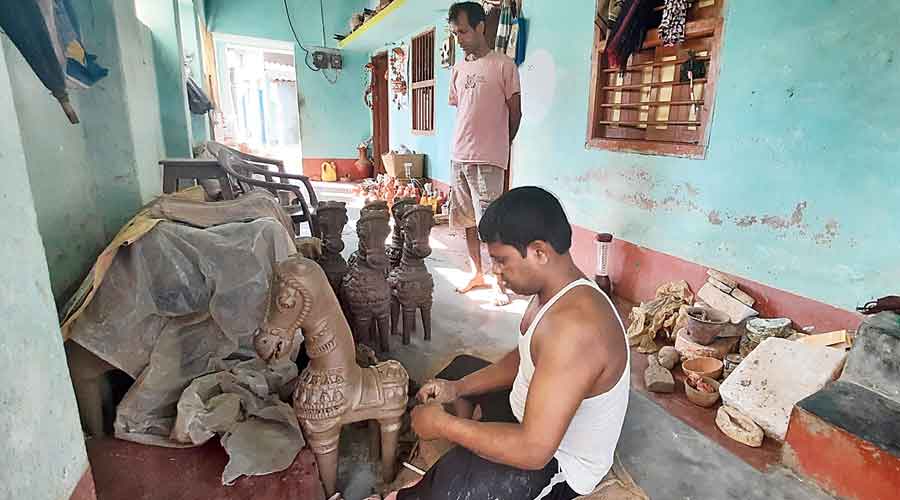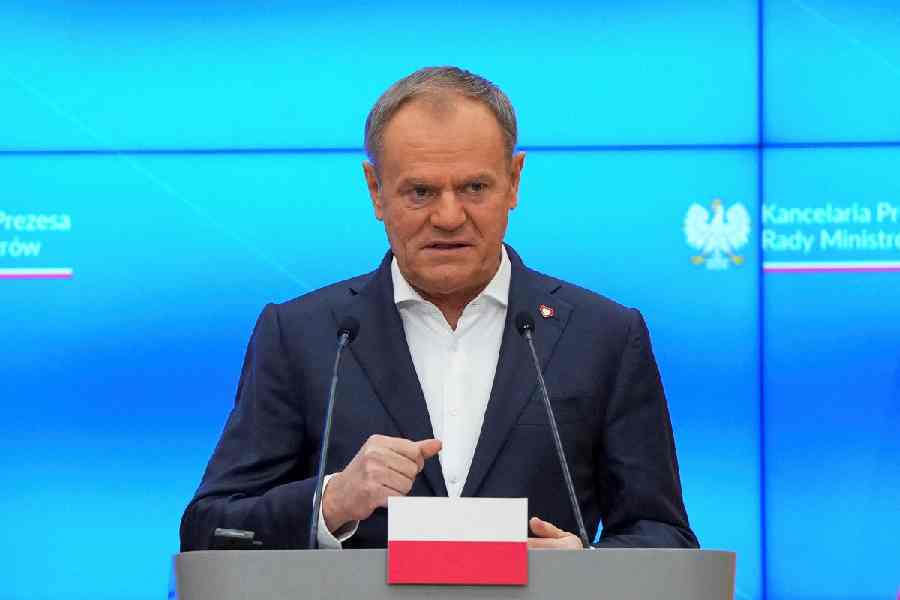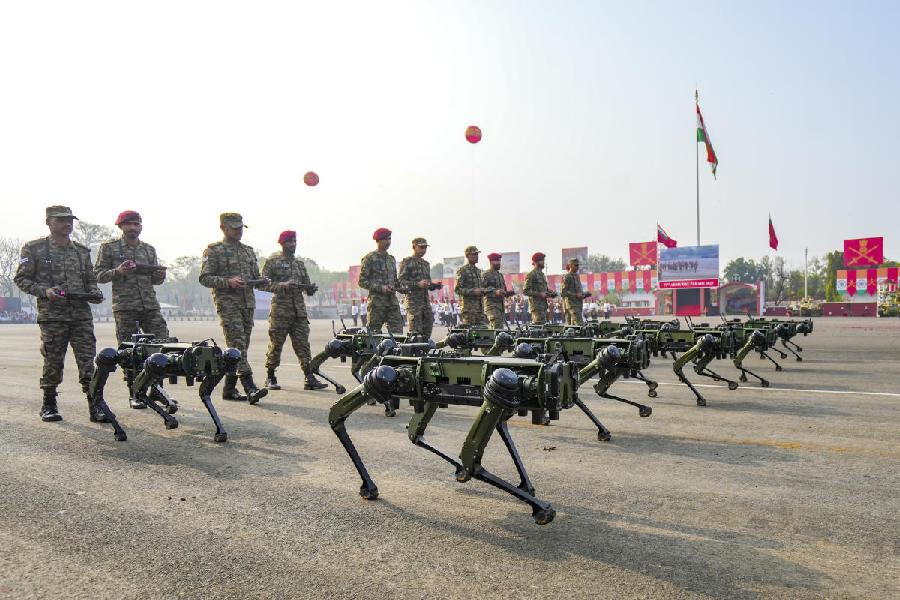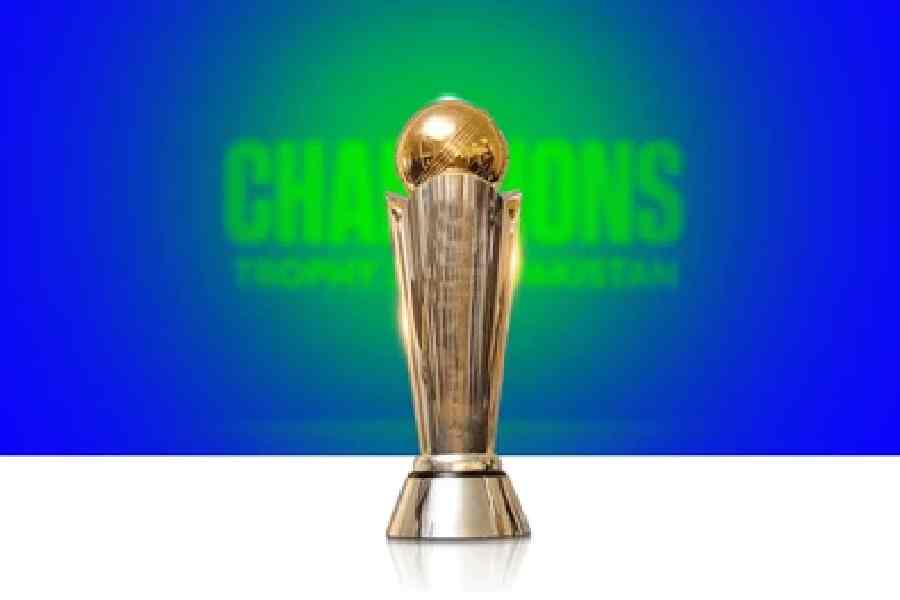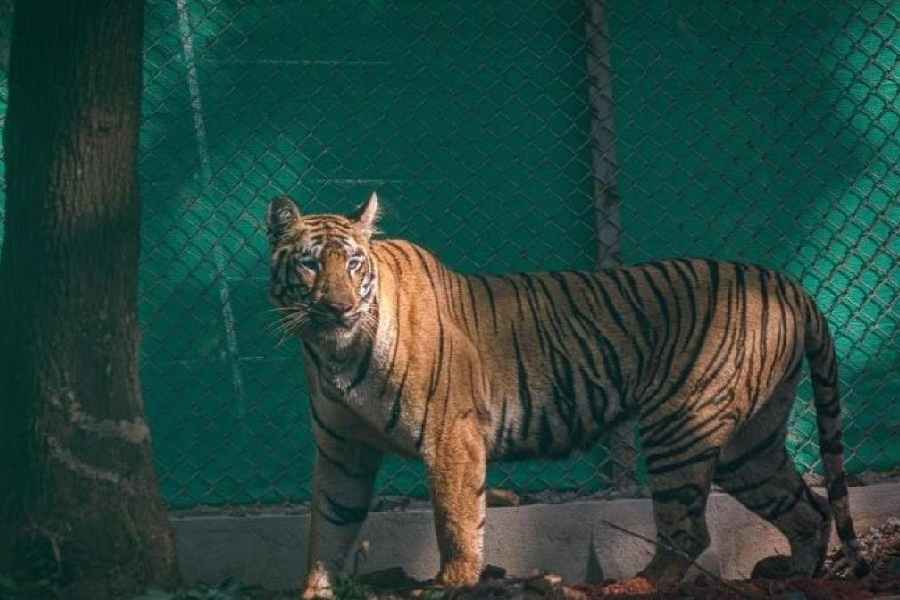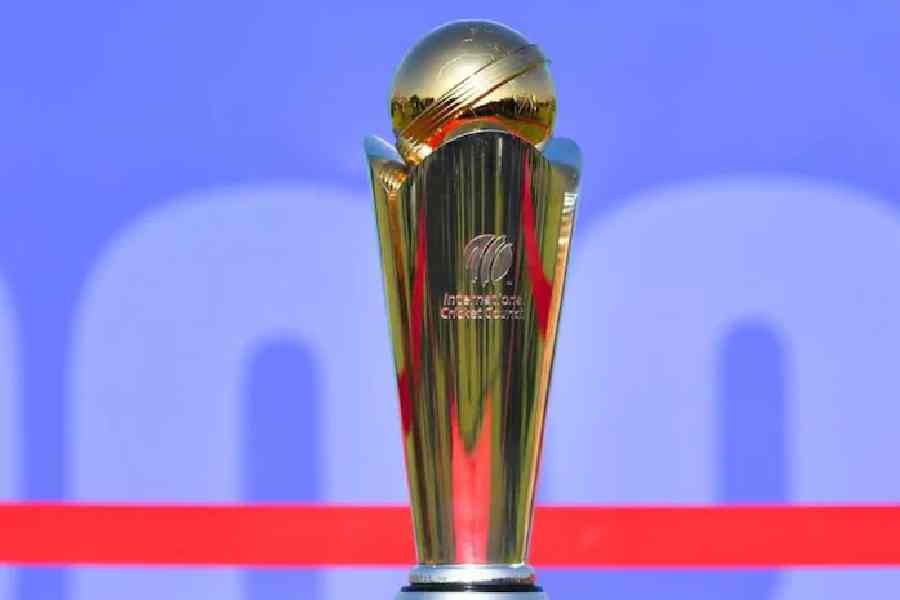Terracotta horses of Bankura are facing tough competition from politicians, who have jumped over political hurdles with alacrity in the run-up to the Assembly elections in Bengal.
Mahadeb Kumbhakar, a 45-year-old terracotta craftsman, is immersed in making a pair of horses at his one-storey house in Panchmura village. The order has been placed by a Calcutta boutique and despite the March afternoon heat, Mahadeb cannot afford leisure as he has to meet the deadline.
“I am very busy now. I have to deliver this order within three days. I am just finishing the clay work. Now I need to paint and burn it,” says Mahadeb, working on the terrace.
“I have more orders to finish within a week,” he adds, showing a few unfinished works kept a few metres away and near a wall flaunting an appeal to vote for the Trinamul candidate.
Panchmura village, around 24km from its subdivisional town Bishnupur and 165km from Calcutta, is famous for its terracotta works, mainly the long-necked horses that are internationally famous. There are more than 270 craftsmen like Mahadeb in Panchmura village — families that have been involved in the craft for generations.
The artisans say the terracotta crafts have their roots in the 7th century AD during the time of the famous Malla dynasty of Bankura’s Bishnupur. The journey has been long and the art got its first national recognition in 1969 when artisan Rashbihari Kumbhakar received a National Award from then President Dr Zakir Hussain in New Delhi.
Aditya Mukhopadhyay, a researcher on terracotta horses, however, says: “The long-necked horses were used as decorative art during the Malla dynasty. It evolved over centuries and around 200 years ago Panchmura village became the hub of the craft when the horses began to be used at religious events. This practice opened up a market for these horses.”
Mukhopadhyay, who is the author of the book Ashwanama, has penned the history of long-necked horses.
Bhutnath Kumbhakar, the great grandson of Rashbihari, is now secretary of the Panchmura Mritshilpi Samabai Samity. Bhutnath says the demand for terracotta horses have increased during Mamata Banerjee’s tenure as chief minister.
“The demand has gone up because the state government has publicised our work by organising fairs and selling our crafts at Biswa Bangla kiosks,” he says.
Mahadeb, who used to earn Rs 80,000 annually till 2012, now earns around Rs 2.3 lakh.
Asked about the popularity of terracotta horses, Trinamul spokesperson Dilip Agarwal gives a political twist to the query. “Why only terracotta horses, there is demand for our (Trinamul) horses in the BJP as well,” Agarwal says, referring to Trinamul leaders switching sides this poll season.
The conversation soon veers from clay horses to horse-trading. Asked what made Trinamul leaders defect to the BJP, Agarwal says: “Those who went to the BJP camp had either been rejected or had not been doing well in our party. As soon as they joined the BJP, they ran into protests from old-timers in the saffron camp.”
The BJP had lead in all the 12 Assembly segments of Bankura in the 2019 Lok Sabha polls. Four seats in Bankura voted on March 27. Trinamul hopes that when the remaining seats go to polls on April 1, the deserters will taste defeat because of discontent with them within the BJP.
The BJP’s experience with Trinamul’s “horses”, Agarwal says, has not been a happy one with old-timers in the saffron camp rebelling against the new inductions.
Trinamul turncoat Shyamaprasad Mukherjee, 70, who has served as chairman of the Bishnupur municipality, been the local MLA and also a minister in Mamata’s cabinet, has been facing fierce opposition since the day he joined the BJP in December.
BJP workers openly protested Mukherjee’s induction and he was driven away when he turned up at the party office in Bishnupur town. Later, posters were put up allegedly by BJP old-timers, warning the party of trouble if Mukherjee was nominated from Bishnupur. Sensing the mood, the BJP did not make him a candidate and he has so far kept himself away from political activities.
Left in the lurch, Mukherjee made a futile attempt to meet Mamata on March 15 during her visit to Durgapur. The overture was refused.
Not all Trinamul deserters have met the same fate as Mukherjee. The BJP has fielded Tanmoy Ghosh, another Trinamul warhorse, as its Bishnupur candidate against Trinamul’s Archita Bid. A popular businessman, Ghosh had been a Trinamul councillor in Bishnupur and got the BJP ticket within 24 hours of joining the party.
Ghosh’s induction brought another wave of protests by BJP workers. Sujit Agasty, the party president of the Bishnupur organisational district, however, says: “The anger of old-timers is now history. We sat with our party workers and resolved the issues. Now our entire force is working to ensure the victory of Tanmoy Ghosh in Bishnupur. We will win all seats in Bankura.”
Another Trinamul turncoat and the BJP’s nominee for the Taldangra constituency, Shyamal Sarkar, also faced resistance from saffron old-timers.
“A large number of BJP workers are against Sarkar for two reasons — one, as a Trinamul man he had been harsh in confronting BJP workers two years ago; two, he is an outsider as he lives in Khatra,” a BJP insider said.
Sarkar, however, brushes aside the internal feud. A “storm” in favour of the BJP will ensure his victory, Sarkar says.

